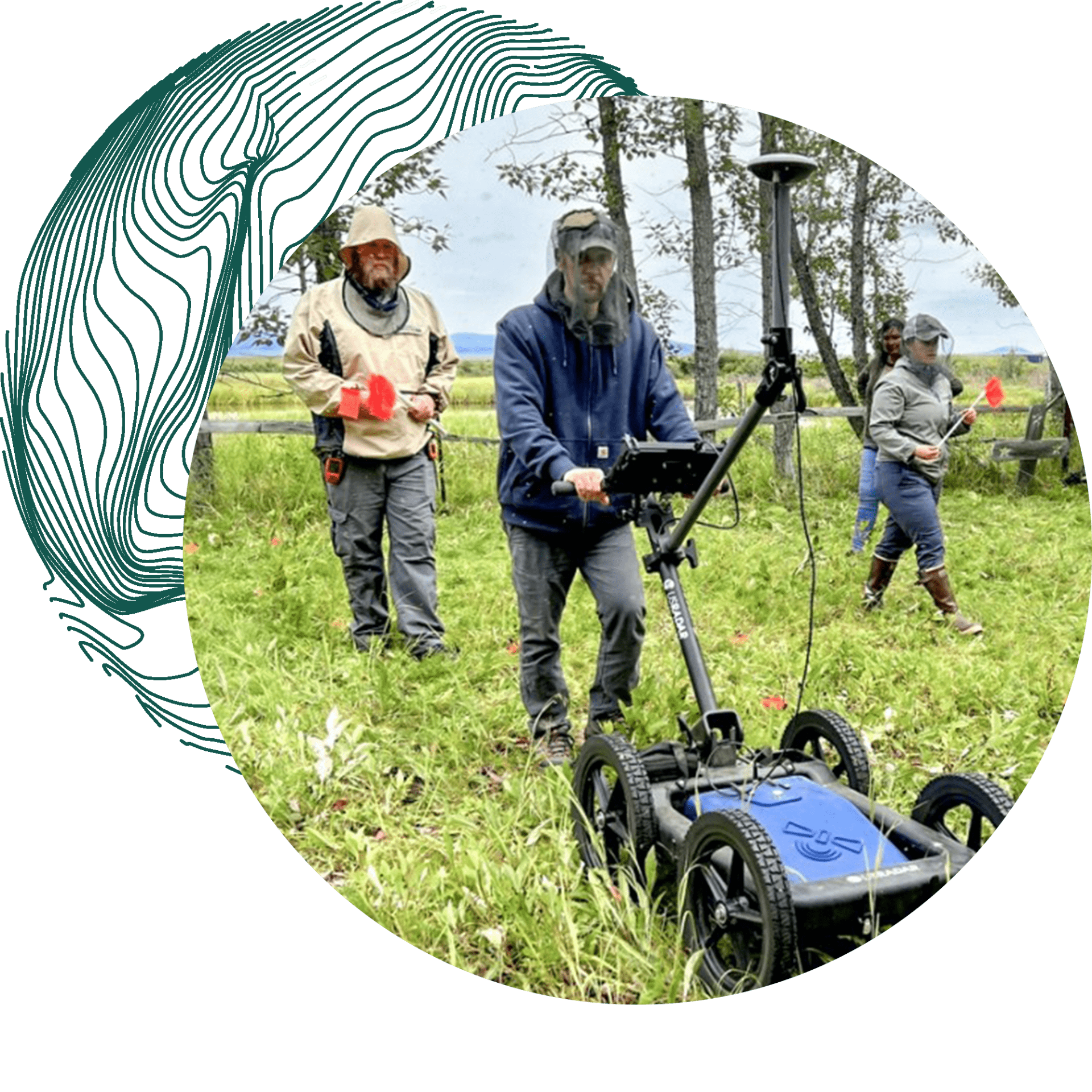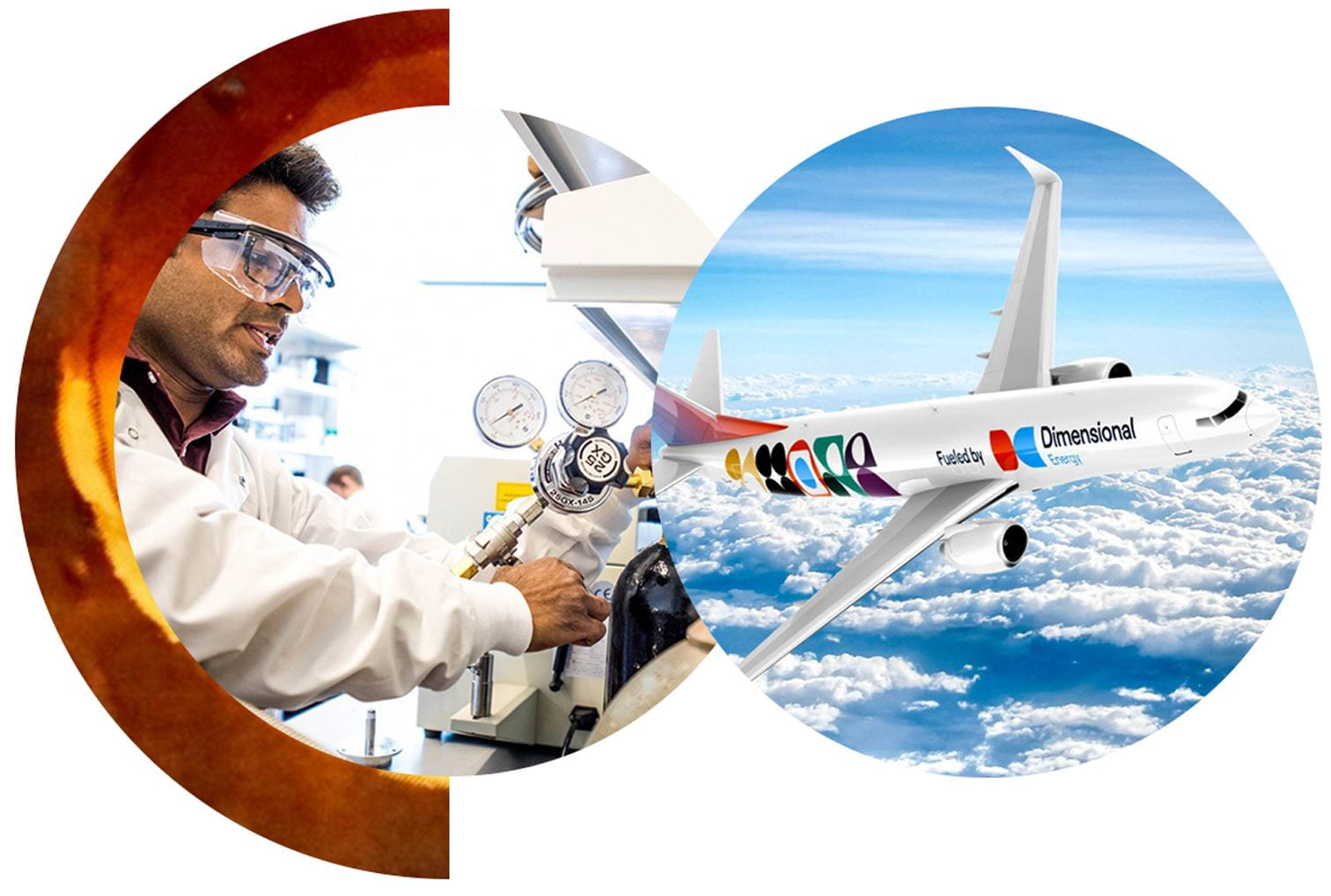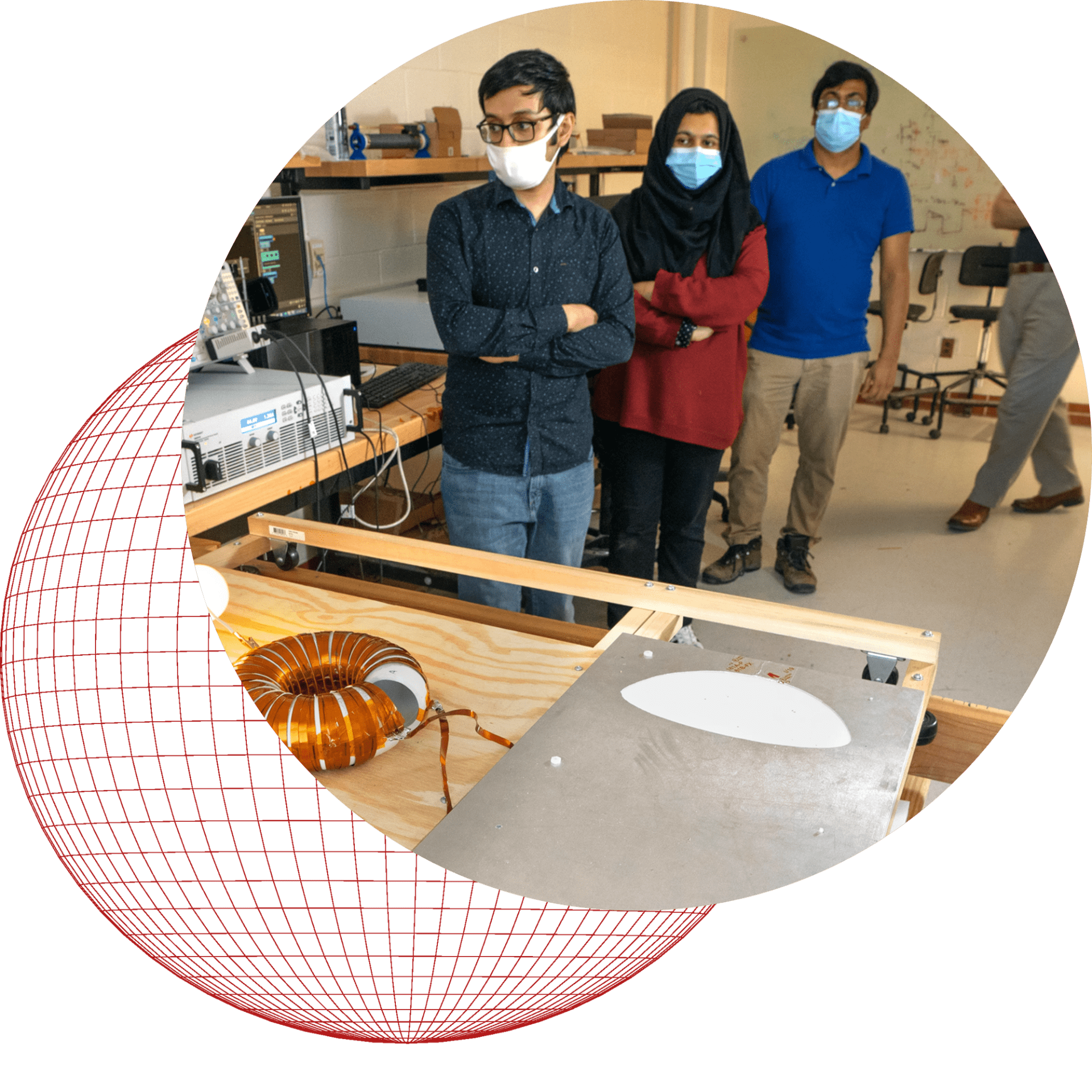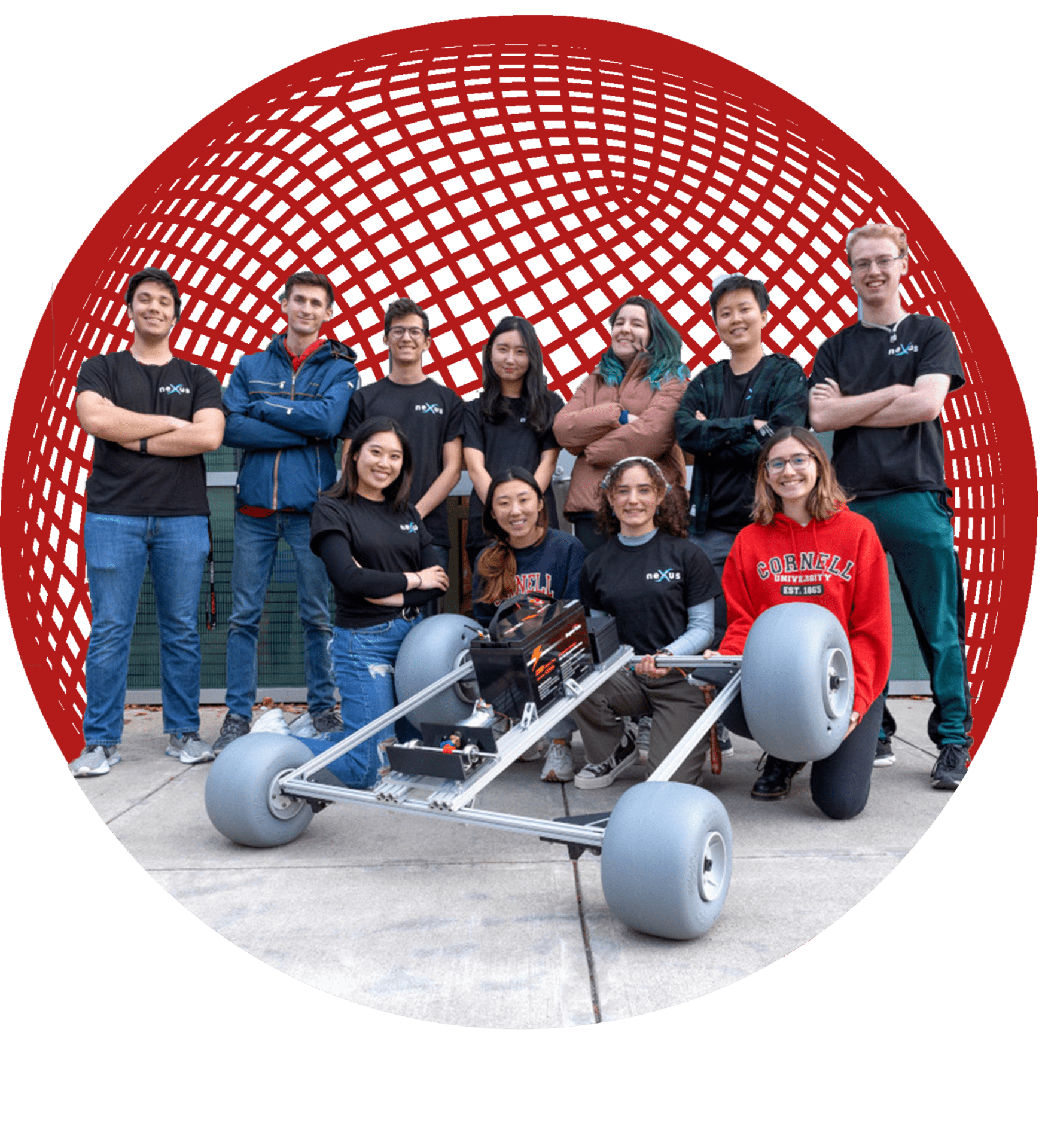Cornell Engineering: Committed
to a better, more sustainable Earth
With climate change threatening the health of our planet, reversing humanity’s carbon footprint has emerged as one of the grandest challenges of our time. Cornell Engineering is in a unique position to unlock the innovations necessary to address such problems and to lead efforts to protect people, the climate, and the environment.
In addition to a 150-plus-year track record of research excellence, Cornell Engineering has a deeply ingrained culture of collaborating across disciplines to forge new paradigms for engineering education, research, and technology translation. The college’s strategic plan, Cornell Engineering 2030, specifically calls for taking meaningful steps to “galvanize and accelerate efforts to combat climate change, develop sustainable energy, and help make Cornell a carbon-neutral campus by 2035.” And the Cornell faculty working on these efforts to better understand and address the complex, interrelated challenges of our planet and our communities – as well as to educate future problem-solvers – are recognized as being among the world’s leading and most influential experts.
This collection of stories, published in celebration of Earth Day and Sustainability Month at Cornell, highlights recent examples of faculty and students at Cornell Engineering engaged in developing tangible, groundbreaking solutions to save the planet and to inspire a new generation of climate leaders committed to creating a more sustainable world.
Cornell engineers are monitoring Earth in unprecedented ways
Underwater robot helps explain
Antarctic glacier’s retreat
Deploying the remotely operated Icefin underwater robot through a nearly 2,000-foot-deep borehole drilled in the ice, a team led by professor Britney Schmidt captured the first close-up views of where Thwaites Glacier in Antarctica – one of the continent’s fastest changing and most unstable glaciers – meets the Amundsen Sea.
Cornell, NASA mapping dust storms from space with new high-tech device
Scientists on Earth are seeing our planet’s atmospheric dust sources in high-resolution using a new state-of-the-art imaging spectrometer on board the International Space Station. Developed by NASA’s Jet Propulsion Laboratory and Cornell professor Natalie Mahowald, the project aims to better understand how atmospheric aerosols and desert dust contribute to the heating or cooling of the Earth.

Cornell partners with Alaska National Park Service to tackle archaeological and environmental issues
The Cornell Arctic Science and Technology Network, which includes professor Kade Keranen, is focusing on environmental monitoring to address threats from global climate change; archaeological research into historical sites; and outreach and collaboration with Native Alaskan communities in partnership with the National Park Service.
Cornell engineers are pioneering research fields
for a sustainable future

Researchers pioneer ‘socioresilient materials’ field with NSF grant
A research team led by Cornell Engineering faculty and alumni is reimagining design approaches to the materials that make up the world around us – polymers, textiles and semiconductors, among others – with the goal of mitigating often unintended social and environmental consequences.
‘Multisector dynamics’ studies how human, Earth systems interact
A new report co-authored by professor Patrick Reed will help to steer the emerging field of multisector dynamics for years to come, shaping a strategy for research approaches to better address the ways in which human systems – such as the economy, urbanization, technology and agriculture – co-evolve with Earth systems, such as climate, natural resources and wildlife.

Smart cities research unites Cornell campuses, urbanism community
As the world becomes increasingly urbanized, innovative technologies are being implemented to develop smart cities, which use sensors and data to inform the design, policies and management for urban environments. The multifaceted industry provides many new opportunities to improve waste management, energy, public health, civic participation, and mobility.
$25M center will use digital tools to ‘communicate’ with plants
The Center for Research on Programmable Plant Systems aims to grow a new field called digital biology. The multi-institution, transdisciplinary center works to develop systems for two-way communication with plants in hopes of one day using the information to improve plant growth.
The 2030 Project:
A Cornell Climate Initiative
Breakthrough science can be adapted into real–world solutions to address the climate challenge during our most critical decade. Fueled by the collaborative spirit of Cornell’s faculty and co–led by Cornell Engineering researchers, The 2030 Project is helping to remove silos, activate research and leverage existing expertise across all disciplines to find solutions now. Join us.
Cornell engineers are converting pollution
into clean jet fuel, construction materials

United Airlines, Dimensional Energy reach green fuel pact
United Airlines will fly greener through its friendly blue skies one day, as the airline group agreed to purchase at least 300 million gallons of sustainable aviation fuel from Cornell Engineering startup Dimensional Energy, a company that turns captured carbon dioxide into liquid fuel with renewable energy.
Cornell Engineering startup, Frontier enter carbon removal agreement
Carbon To Stone, a carbon management and resource recovery startup co-founded by professor Greeshma Gadikota, has received a carbon removal pre-purchase agreement from Frontier, an advance market commitment that aims to accelerate the development of carbon removal technologies by guaranteeing future demand for them. The startup is developing strategies to capture carbon dioxide from air and store it as a durable solid carbonate.

Cornell, startup receive $7M for novel clean energy tech
The U.S. Department of Energy is funding Cornell Engineering projects that aim to develop wireless charging systems for electric vehicles, cement from waste construction residues and carbon-dioxide emissions, and 3D-printed components for reactors that can convert carbon dioxide into valuable chemical products.
Cornell engineers are exploring
new energy sources

Engineers reveal cause of
key sodium-ion battery flaw
Cornell Engineering researchers have uncovered the source of a persistent problem limiting the durability of sodium-ion batteries, providing manufacturers with new strategies for powering the 21st century. The batteries are a promising technology for electric vehicles, the energy grid and other applications because they are made from abundant materials that are energy dense and nonflammable – but first engineers must perfect the chemistry.
Sprout Awards grow ‘exciting’ pilot projects in engineering
Cornell Engineering’s Sprout Awards are funding unique research projects with the potential to grow partnerships across Cornell. Inaugural projects include electrochemical recovery of energy critical metals; novel, DNA-clay-based architectural building blocks to create new building structures that are dynamic, interactive and sustainable; and structural materials that can withstand the extreme conditions associated with fusion power generation – one of the most promising long-term solutions to the climate challenge.
Cornell aims for carbon neutrality
via Earth Source Heat
Earth Source Heat is Cornell’s version of a deep geothermal system that would use the Earth’s internal heat to warm the Ithaca campus without the use of fossil fuels. Led by Cornell engineers, the project is a major component of the university’s goal of achieving carbon neutrality by 2035. If viable, it could also become a scalable solution for renewable heating in New York and in cold-climate regions across the globe.
10 radical research projects
Cornell Engineering’s strength has always come from engineering differently and solving problems collectively to make a difference. Addressing climate change is one of the grand challenges of our time, and one that requires radical new approaches. Here are 10 research projects that showcase how our faculty and students are coming together to find new strategies for improving the health and wellbeing of the planet.

1. 3D-printed concrete: A 6,000-pound robot is capable of 3D printing concrete structures that could transform the construction industry by eliminating the waste of traditional material manufacturing.
2. Geothermal swelling colloids: Swelling colloids could be used to fix flow pathways in underground geothermal systems, a problem that has hobbled investment in geothermal energy.
3. Woodchip bioreactors: Engineers are exploring the feasibility of using woodchip bioreactors to convert polluting nitrates from farms into harmless nitrogen gas.
4. Crops on solar farms: Growing commercial crops on solar farms can both increase commercial food production and improve solar panel performance and longevity.
5. Wirelessly-charging roads: Employing dynamic pricing strategies could cut the cost of future wirelessly-charging highways that allay so-called “range anxiety.”
6. Assessing solar radiation modification: Engineers are evaluating if and how the stratosphere could reflect more incoming sunlight so that an ever-warming Earth maintains its cool.
7. Virtual livestock fencing: Virtual fencing technology could enhance grazing management while increasing productivity, mitigating greenhouse gas emissions and improving livelihoods.
8. AI fights smog: Engineers are using artificial intelligence to help city planners obtain a more precise accounting of the well-being of urban dwellers and the air they breathe.
9. Domestic solar panel production: Domestic production of solar panels – most of which are now made in Asia – can speed up decarbonization in the U.S. and reduce climate change faster.
10. Modeling for wind farms: Engineers are informing the development of offshore wind farms by providing detailed models characterizing the frequency, intensity and height of low-level regions of fast-moving winds.
Cornell engineers are serving the community
Assessment maps emissions in NY neighborhoods near industrial areas
Supported by the New York State Energy Research and Development Authority, professor Max Zhang is leading a project to quantify truck emissions around e-commerce warehouses in New York City – typically located near low-income neighborhoods or communities of color with existing air quality problems – to inform policy in a more environmentally and socioeconomically responsible way.
Students’ tool forecasts manganese in
Ithaca water supply
As Ithaca summers become hotter and drier, higher concentrations of the element manganese occur in the city’s water supply, creating challenges for the city’s water treatment plant and raising potential health concerns. To help the plant, Cornell engineering students have developed a forecasting tool to predict concentrations of manganese in the reservoir to support treatment decisions made by plant staff.
AI tool could help plan NYS’s transition to clean electrical power
Cornell engineers have developed a powerful artificial intelligence tool that could help New York state and other governments plan the transition to a carbon-neutral power sector, using a combination of machine learning and optimization modeling to provide hour-by-hour analysis of the empire state’s energy needs.
Cornell engineers don’t wait
to tackle big problems
Today’s students become
tomorrow’s climate leaders
A number of Cornell Engineering majors prepare students to tackle aspects of climate change. For example, the Earth and Atmospheric Sciences major fosters leaders whose understanding of our planet enables them to shape the technologies and solutions that will impact our future.
Cornell project team creates carbon offsetting app
Engineers Without Borders, a Cornell Engineering project team, developed a carbon offsetting application that allows users to donate to the Finger Lakes Climate Fund, launched by Sustainable Finger Lakes in 2010. “It was the perfect opportunity because both parties could benefit from each other. We needed the experience of creating an impactful app, and Sustainable Finger Lakes will benefit from this app allowing more people to carbon offset in an easy and quick way,” said Ava Fasciano ’24 with Cornell Engineers Without Borders.

Students design robot to
collect microplastics from beaches
Cornell Nexus team members are building a prototype with a multilayered filtering system to catch a range of different sizes of microplastics from beaches. The team plans to make their design freely available to the public. “Our goal is to make an impact and do our part to save our planet,” said Angela Loh ’23 with Cornell Nexus.
Cornell Engineering Student Project Teams are working toward a more sustainable future
Learn more about the work Student Project Teams, such as CU GeoData, Engineers for a Sustainable World, Cornell Seismic Design and several others, our doing to protect the Earth for future generations.

